Table of contents:
Here you will find an overview of all the important recipes from Japanese cuisine. From sushi and oden (a stew that is popular in winter) to Western dishes with a Japanese twist like korokke (croquettes) and tonkatsu (cutlet), there is something for every taste.
We don't need to emphasize how varied Japanese cuisine is. It is often said to strive for a wide-ranging taste experience. The dishes are not only sweet, sour, salty or bitter, but they also always have a very spicy note, which is aptly captured by the Japanese word "umami". The dishes are usually cooked with fresh ingredients and can, especially in combination, produce a range of flavors.
What do people eat in Japan?
Since Japan is an island nation, seafood has always played a special role. Thus, many fish specialties have emerged from the love of the sea, including sushi. In addition to fish, seafood and seaweed are also at the center of attention. The latter is used for miso soup, for example. Then there is rice and vegetables. As the Japanese economy is very much based on regionalism, people eat seasonally here. This means that vegetables and other side dishes are eaten depending on what nature provides. In addition to fish and seafood, beef, pork and chicken are also increasingly eaten. There are no limits to the imagination when it comes to cooking methods. Although dairy products, unlike in the West, only became a daily food in Japan later, a wide selection can now also be found here.
How healthy are these dishes actually?
Since fresh fish, seasonal vegetables and lean meat are given a lot of emphasis in order to ensure a rich diet, it can be said in general terms that Japanese dishes are healthy. Of course, there are also plenty of dishes that are unhealthy. For example, fried or breaded food such as tempura, korokke and tonkatsu are not really suitable for a diet.
Noodle dishes
As in Germany, people in Japan eat noodles, and they love them! The summer is often so hot that even cold noodle dishes are offered as ordinary meals. Of course, there are also enough warm dishes, such as ramen. It is usually eaten as hot as it is served, because that is how the food should taste best. While doing so, you will hear some people slurping loudly here and there. On the one hand, this is to avoid burning yourself on the hot food, and on the other hand, because it is considered good manners. In addition to ramen, there are many other varieties, such as udon (thick wheat noodles) and soba (thin, spaghetti-like noodles) - they are all made from different ingredients. If you are looking for something special, try shirataki noodles next time. These are made from konjac root, which is celebrated as a superfood.
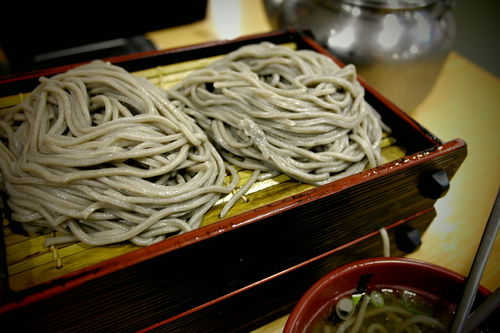
How are Japanese dishes structured?
Traditionally, there is a main ingredient around which everything revolves at a meal - this is usually meat or fish. In smaller portions, rice, tsukemono (pickled vegetables), salad, sauces and miso soup are eaten alongside it.
Of course, not everything is always eaten separately, and there are also dishes like donburi, which is a bowl of rice with various toppings. Here you can really eat whatever your heart desires. Whether raw or cooked, everything can be eaten together, on top of each other and together.
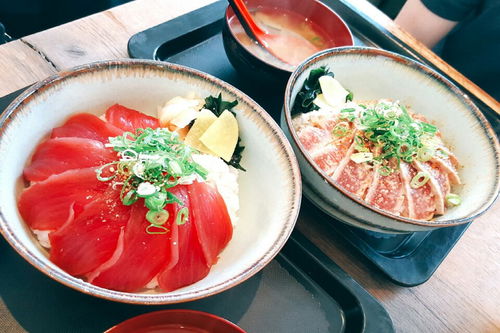
Cooking Japanese main courses yourself - it's not that difficult at all.
Yes, you heard right, you too can swing your frying pan with the right ingredients and conjure up something Japanese on the table. Many popular Japanese dishes are very simple and can be cooked in no time at all. For some recipes, it would be good if you had special ingredients ready. You can't get around ingredients like mirin or miso paste sometimes, but you can buy a lot of it in Germany. All you have to do is look out for the next Asia Shop. Amazon also offers a wide range of Asian food. If, despite everything, you can't get hold of a particular ingredient, that's no problem either. You will find tips and tricks for many of our recipes on how to replace Japanese ingredients with German food in an emergency. Only one thing is important to us, that you can enjoy it very quickly. Enjoy your meal!

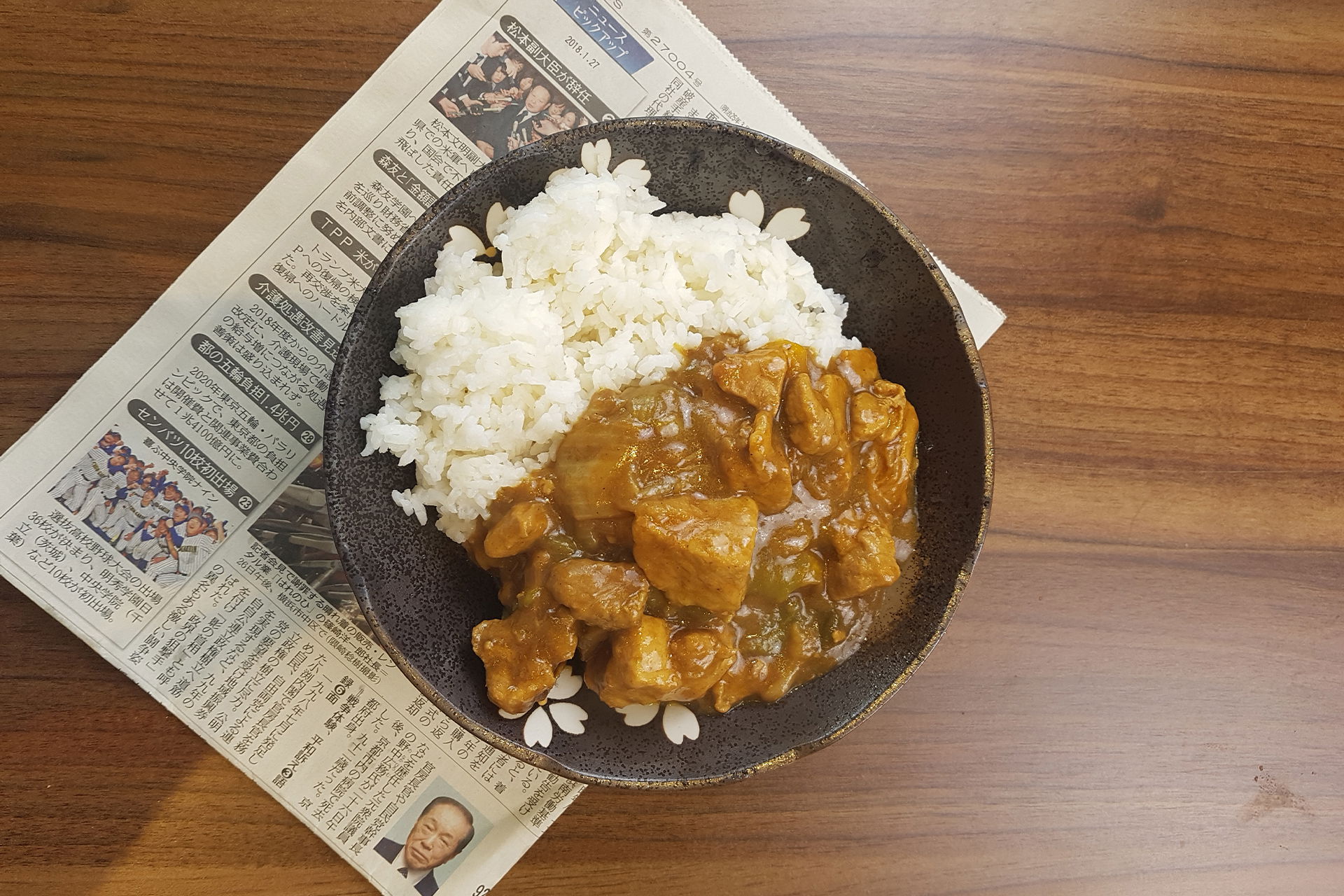
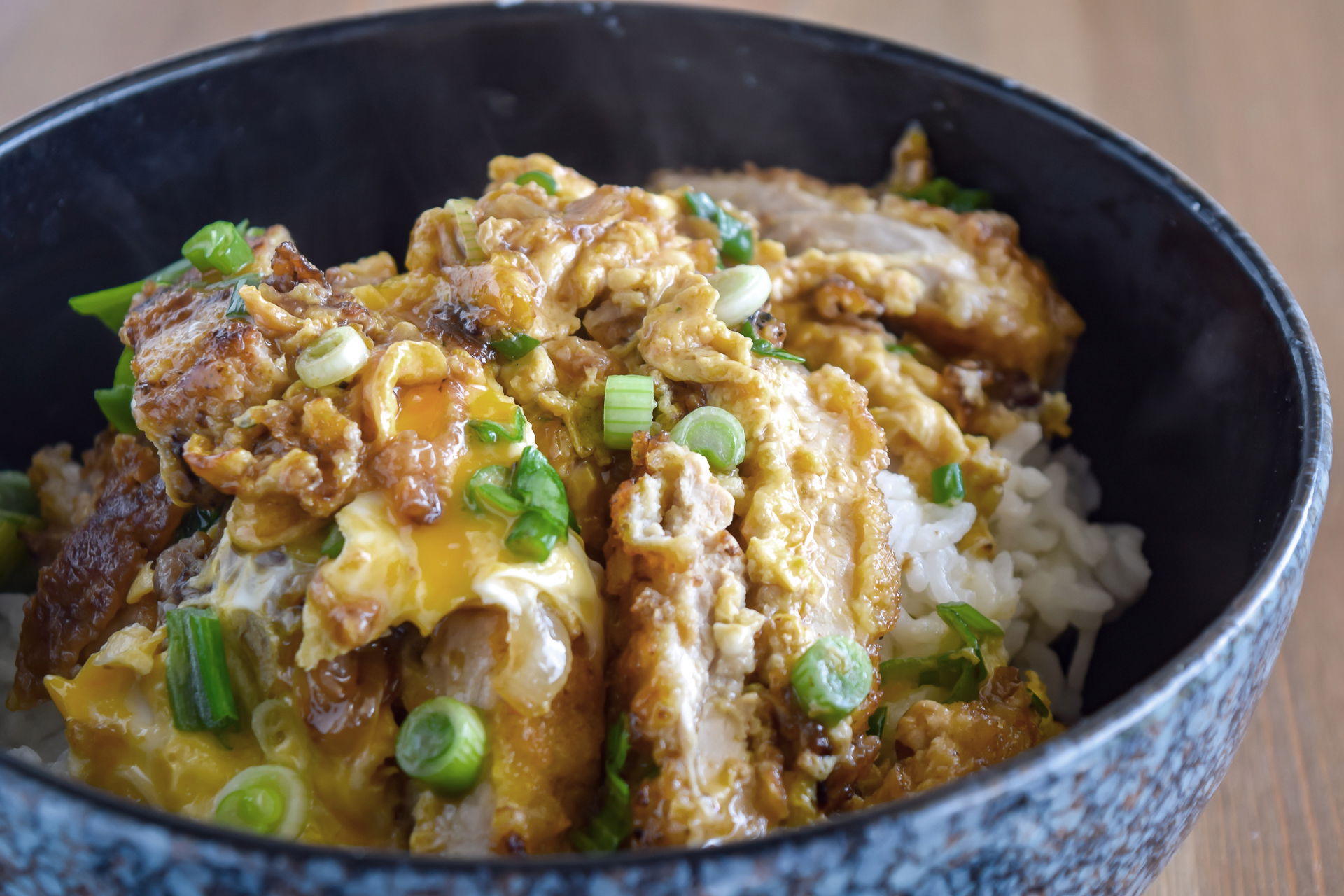


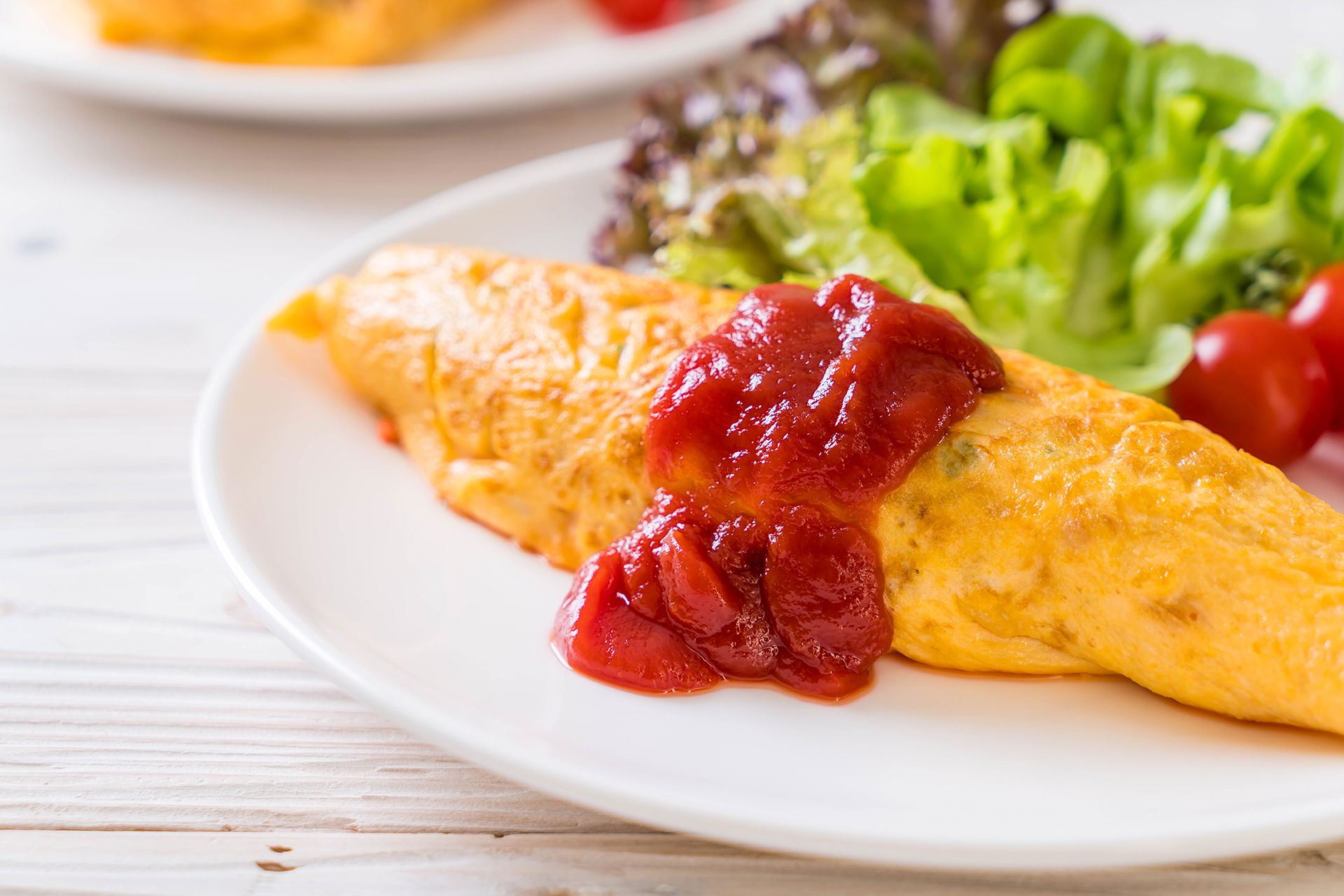
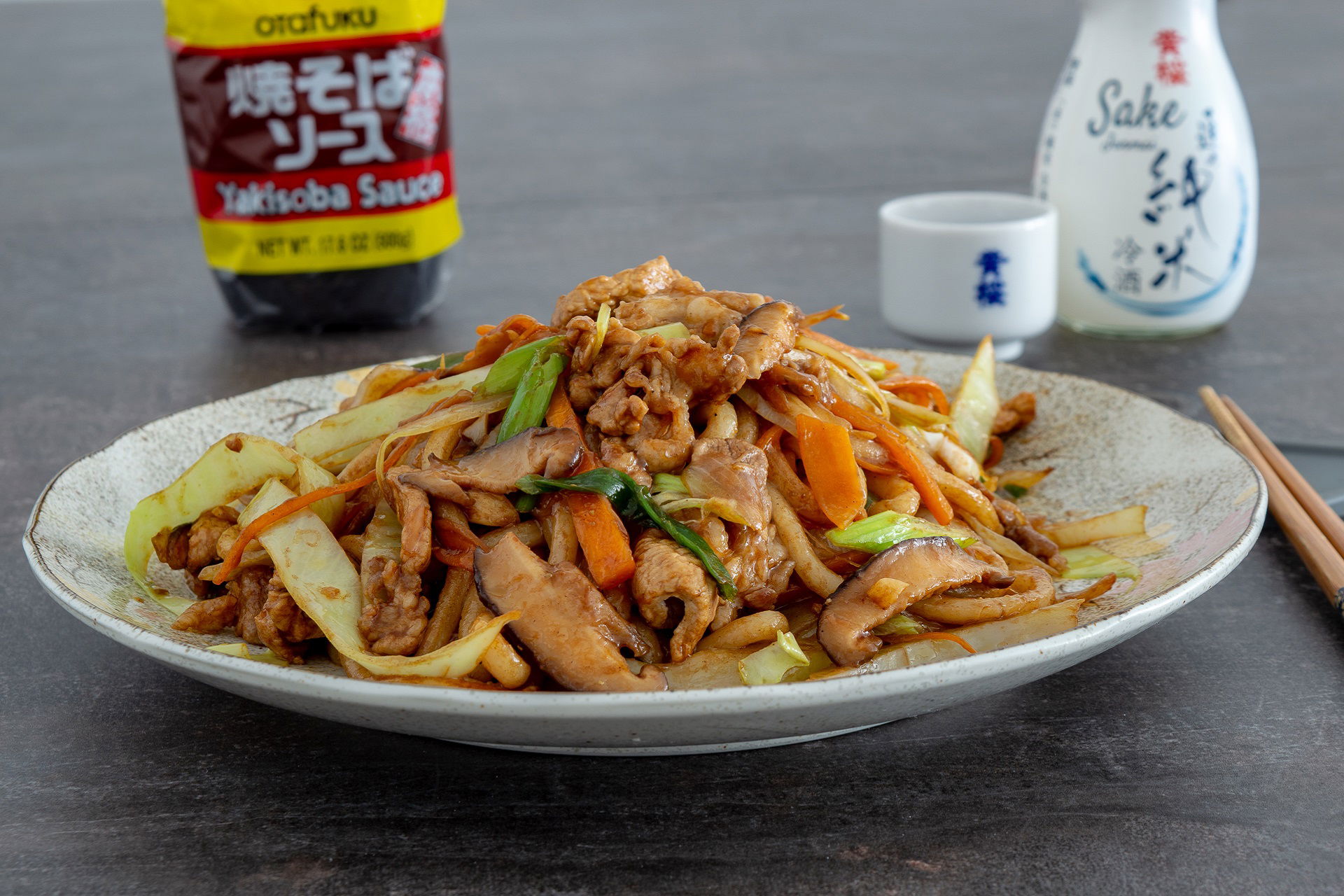



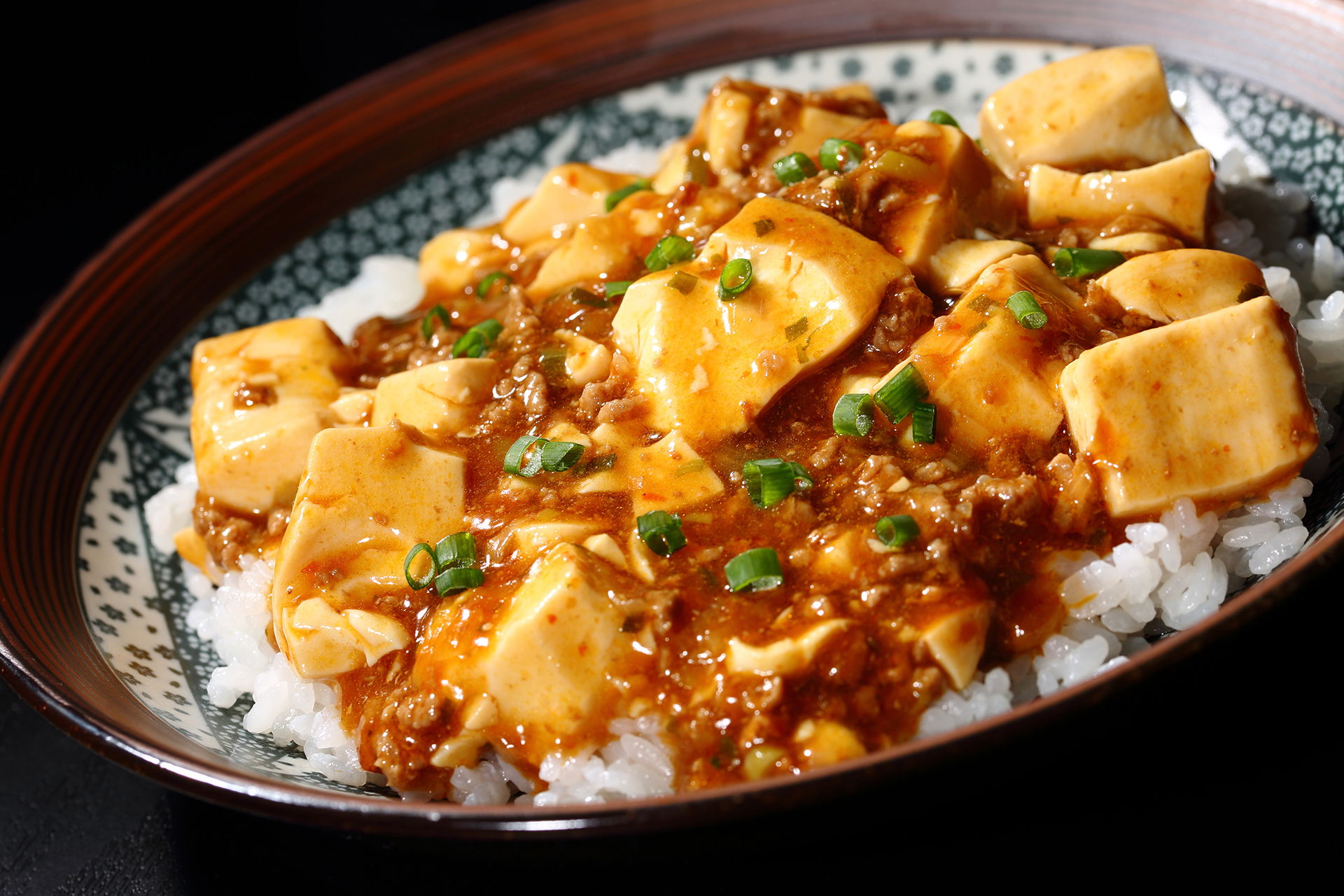
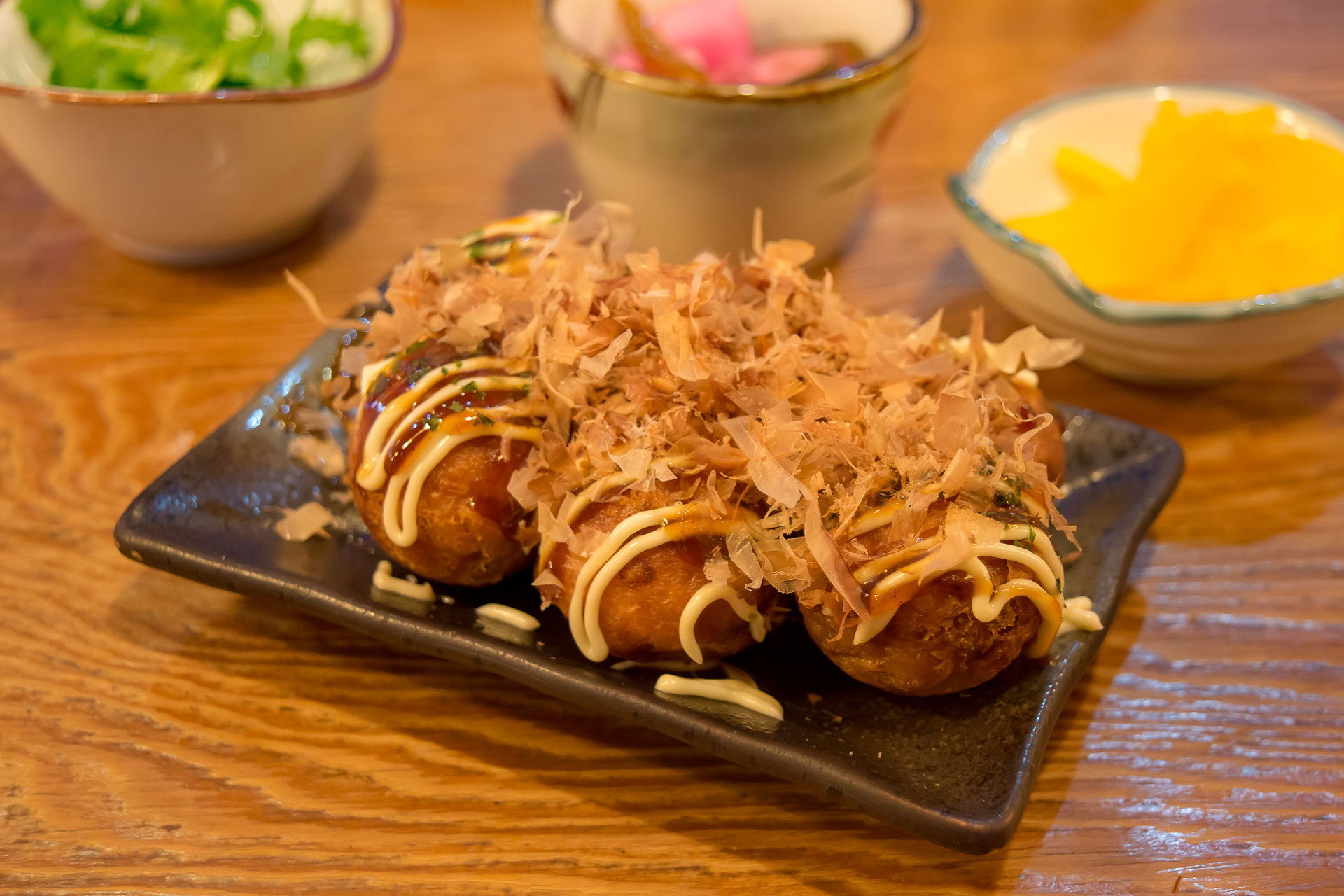


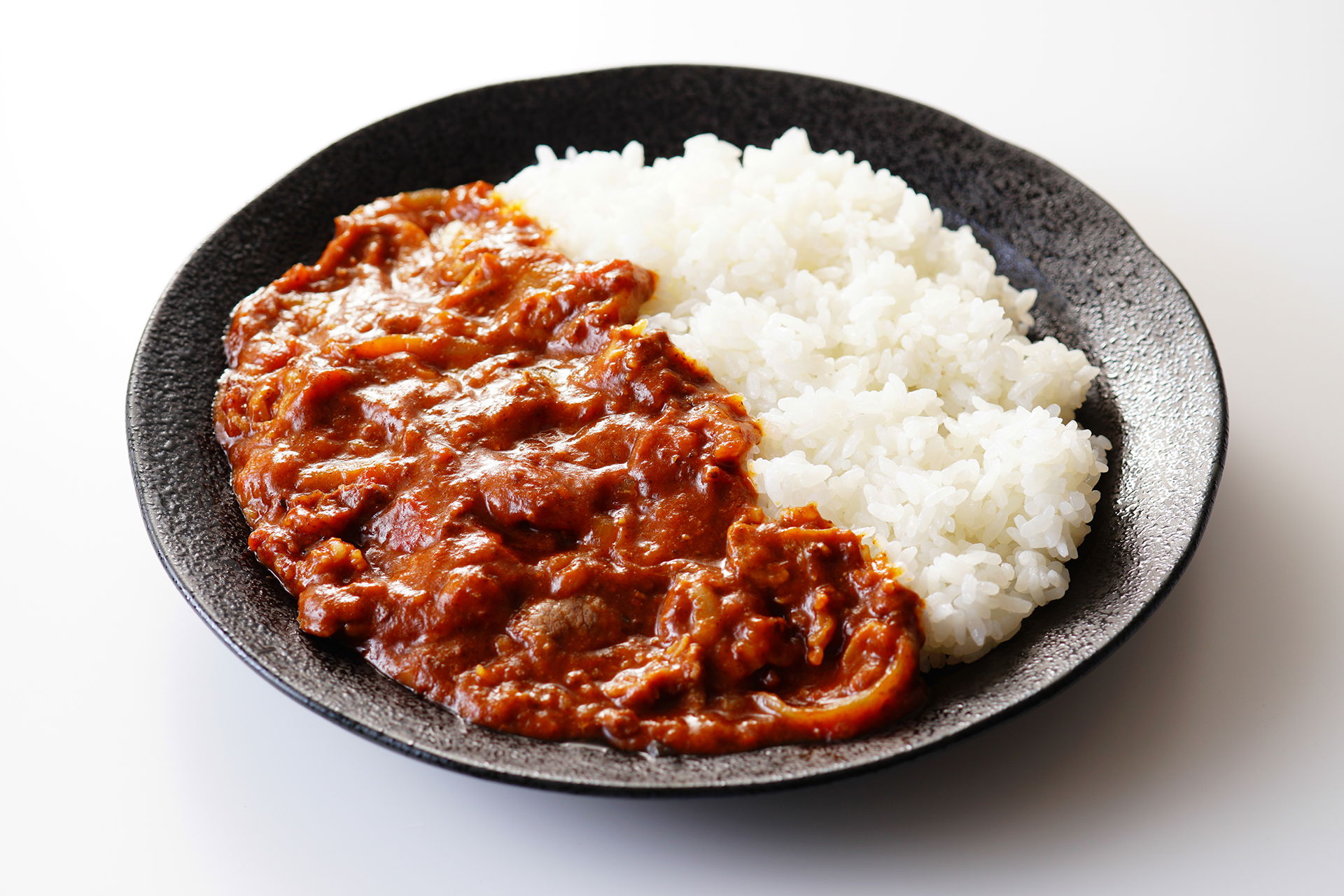


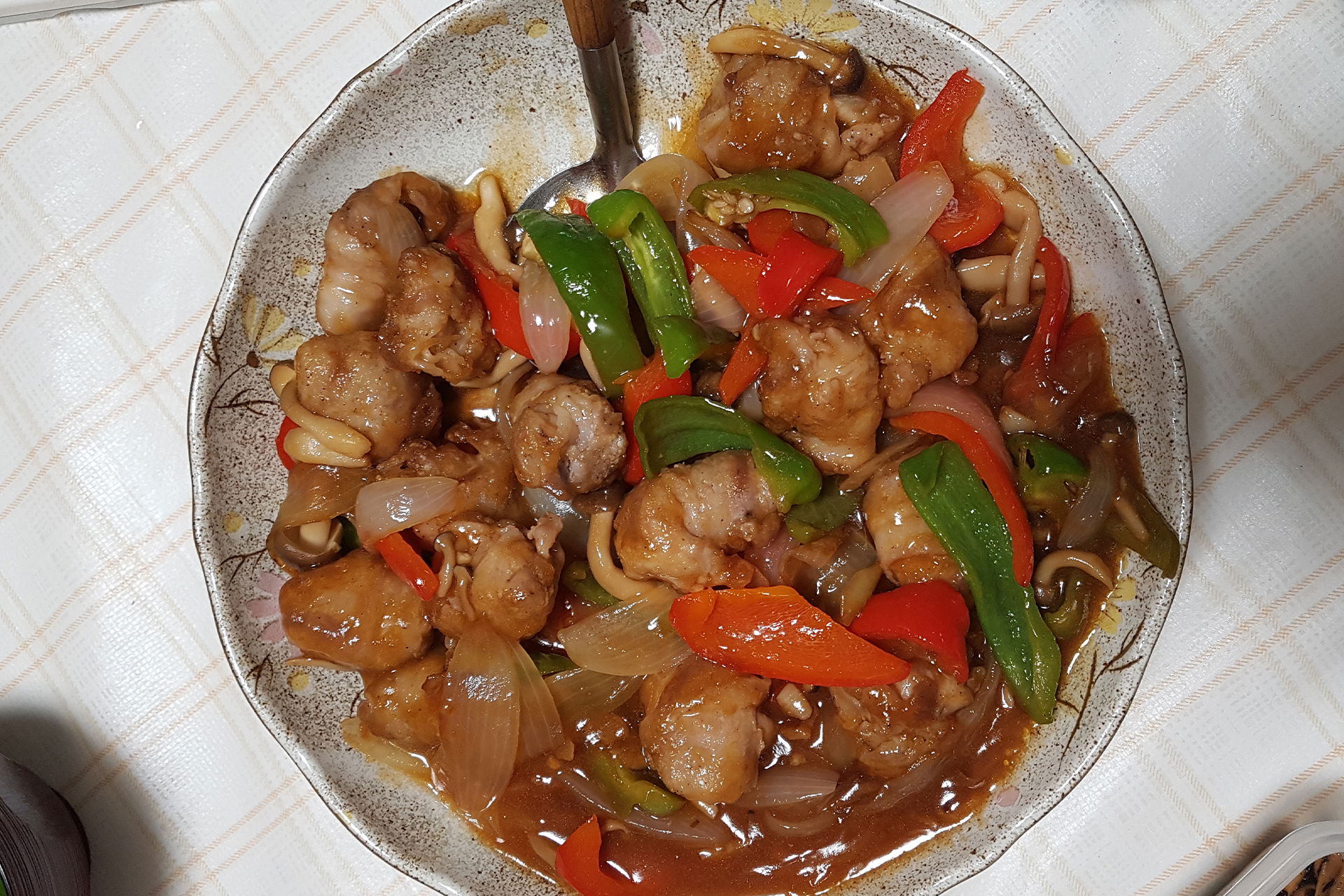


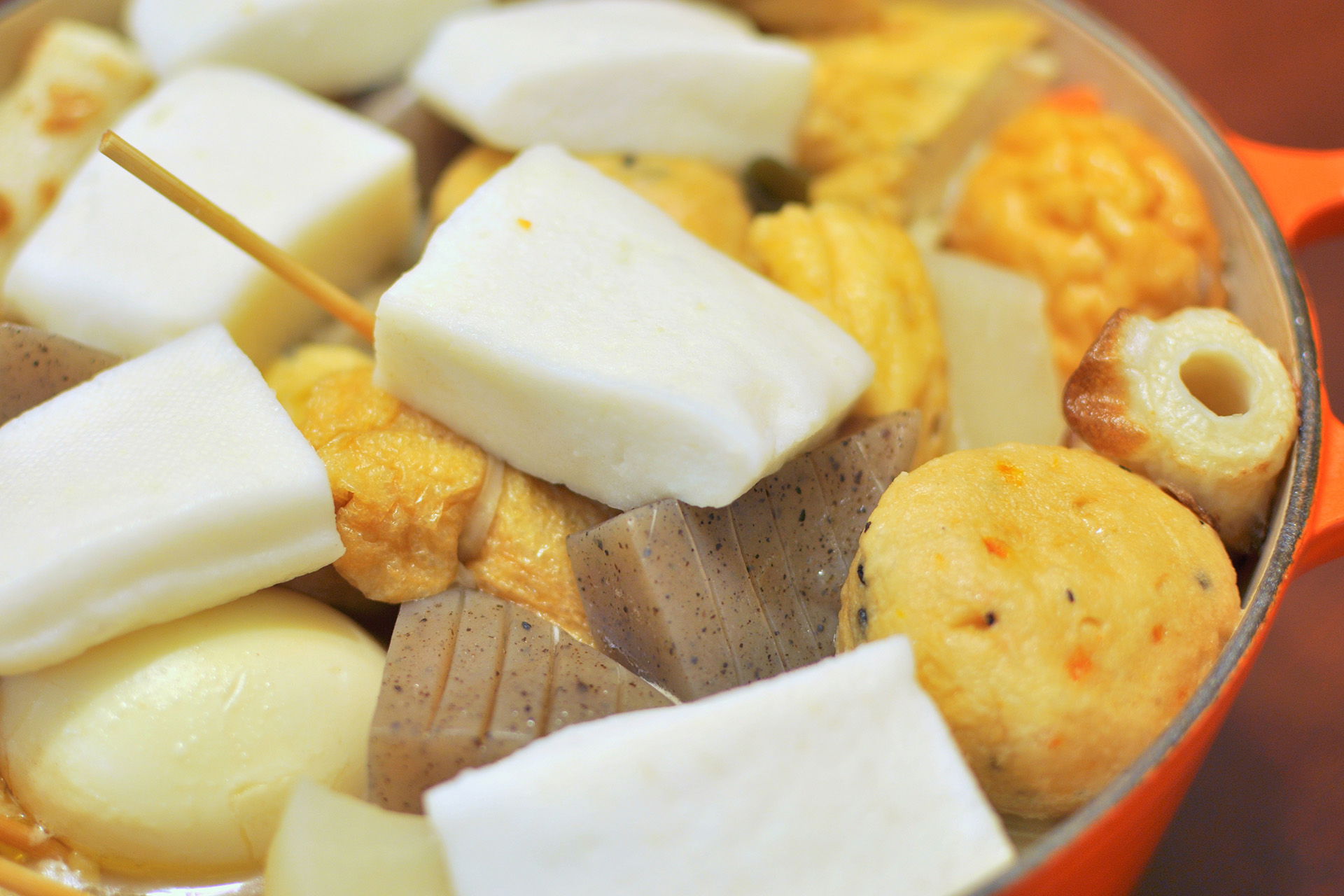
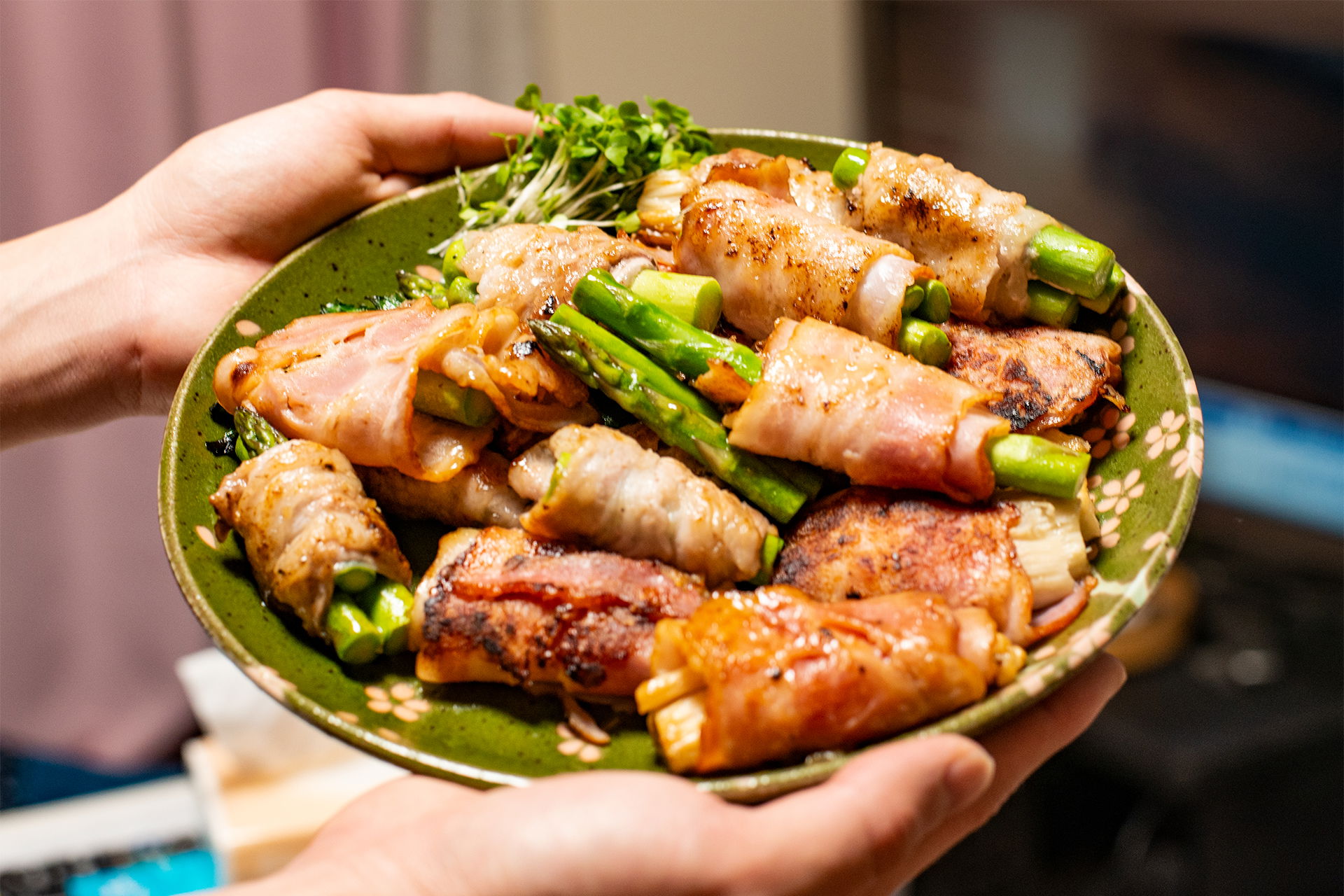

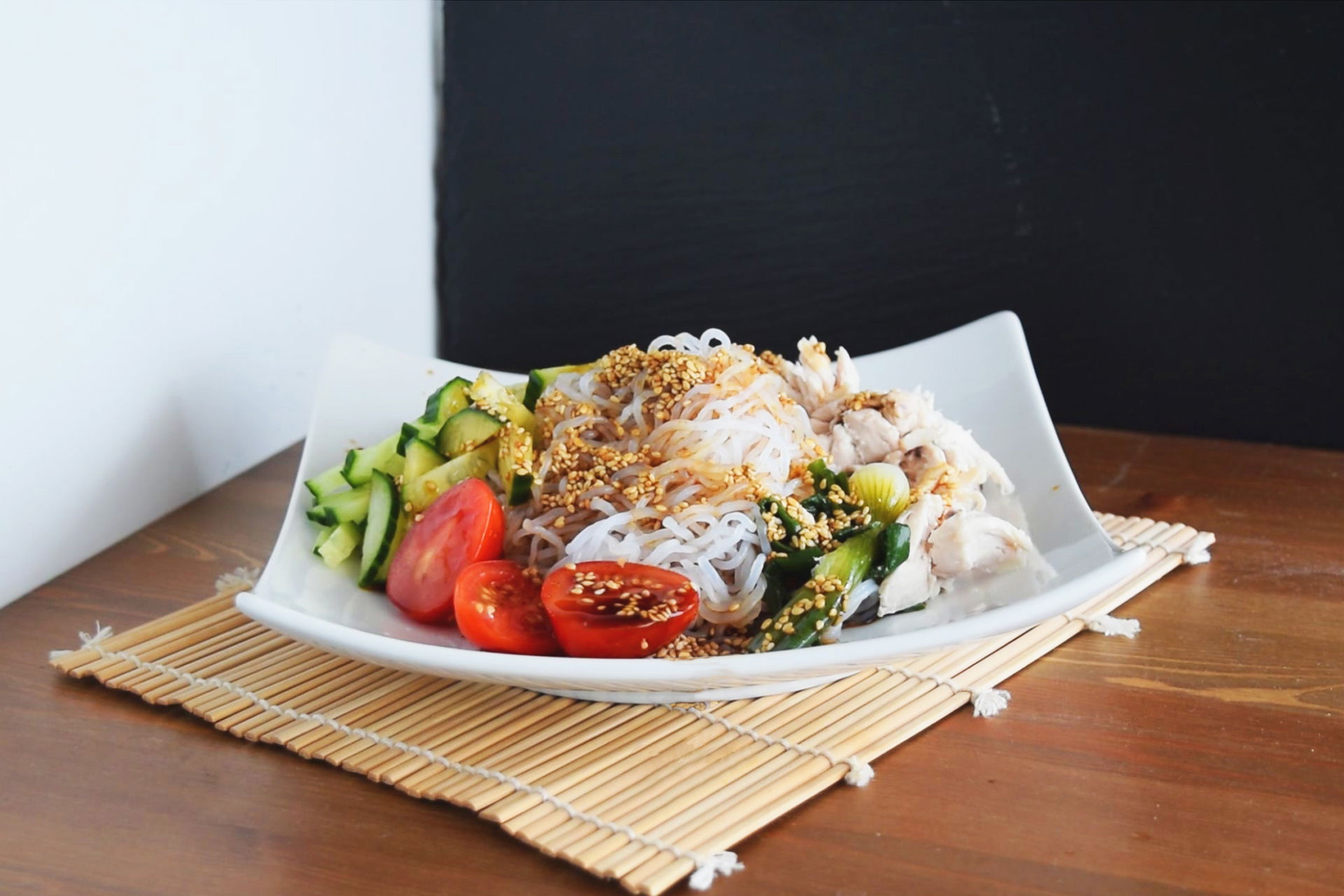
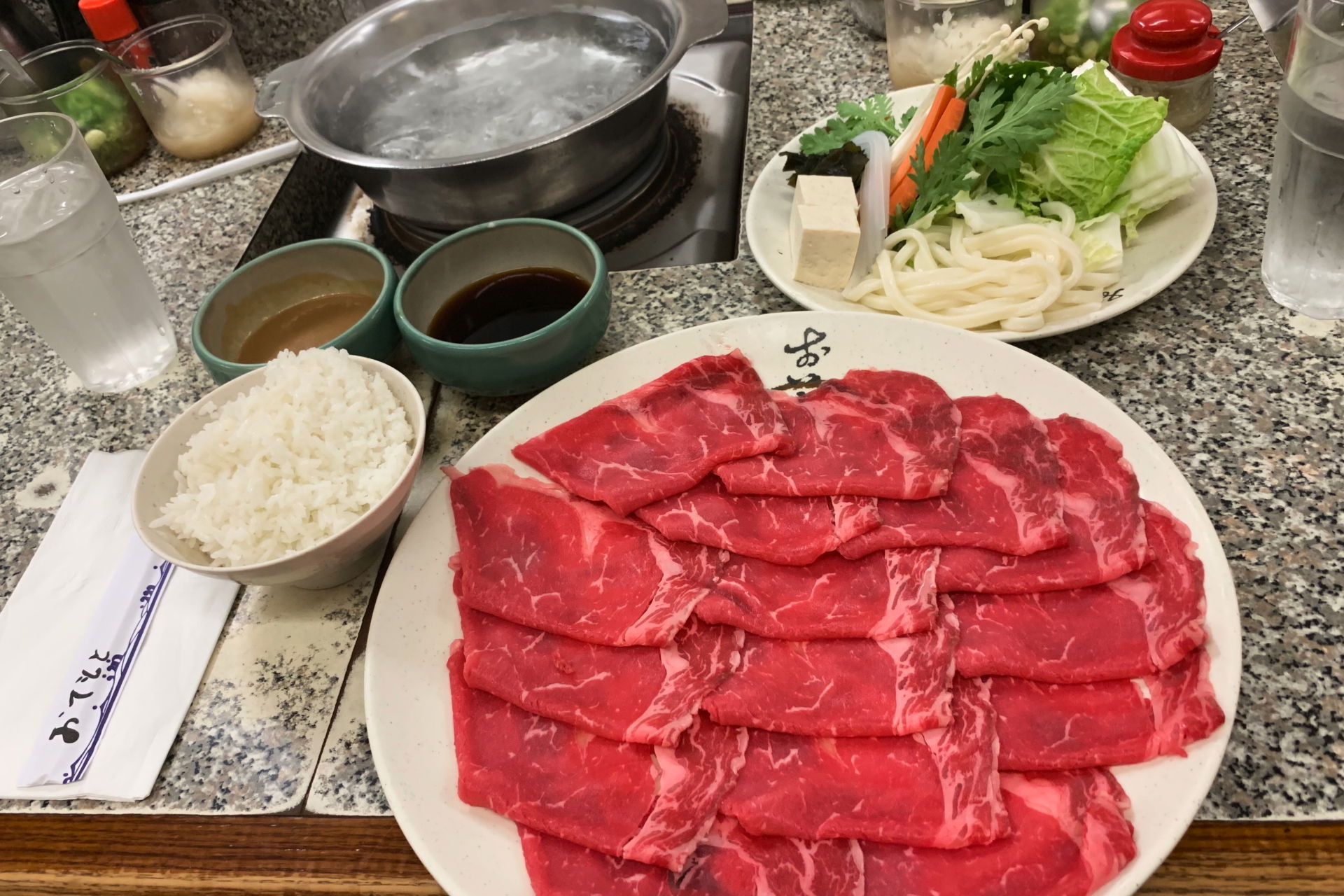
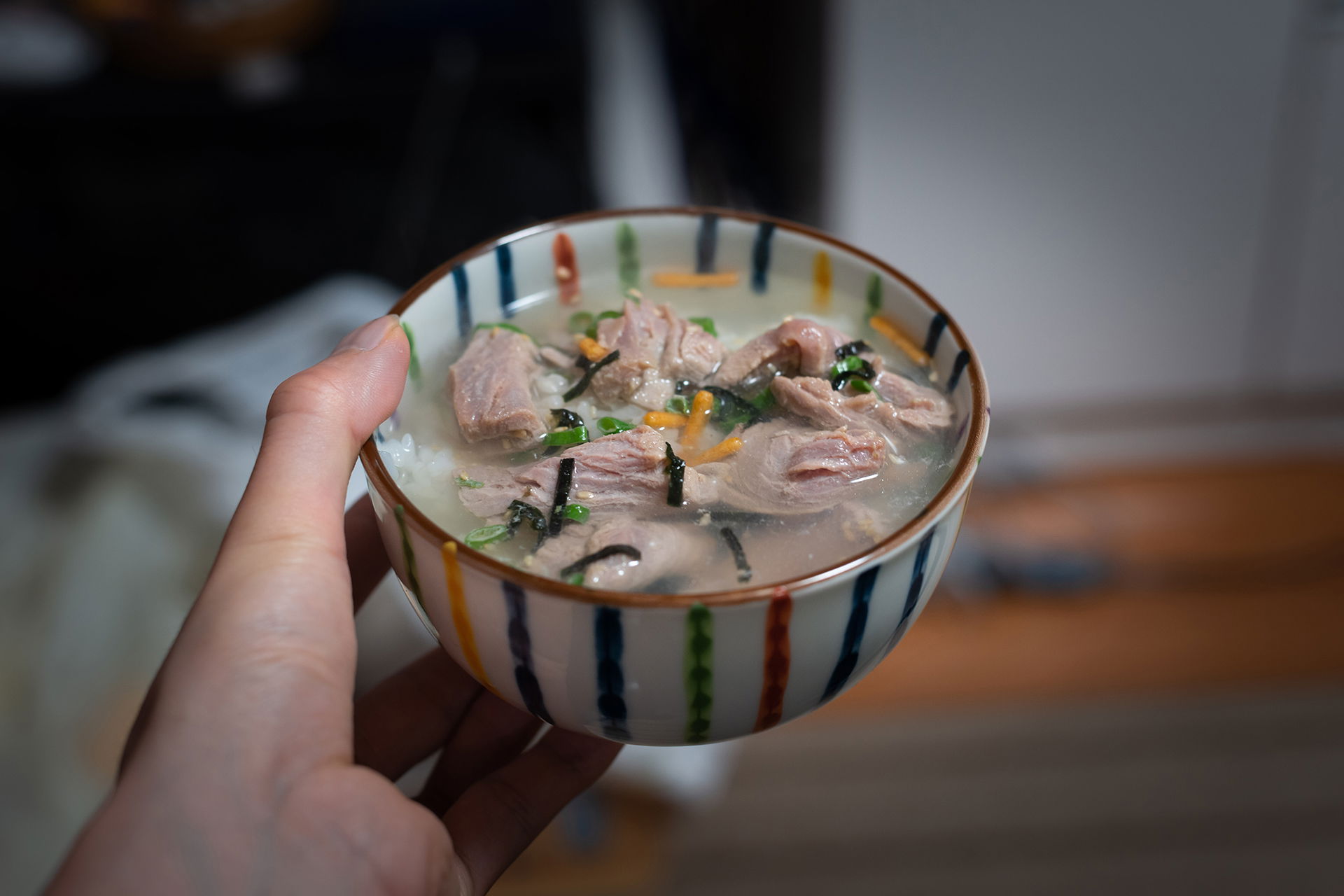


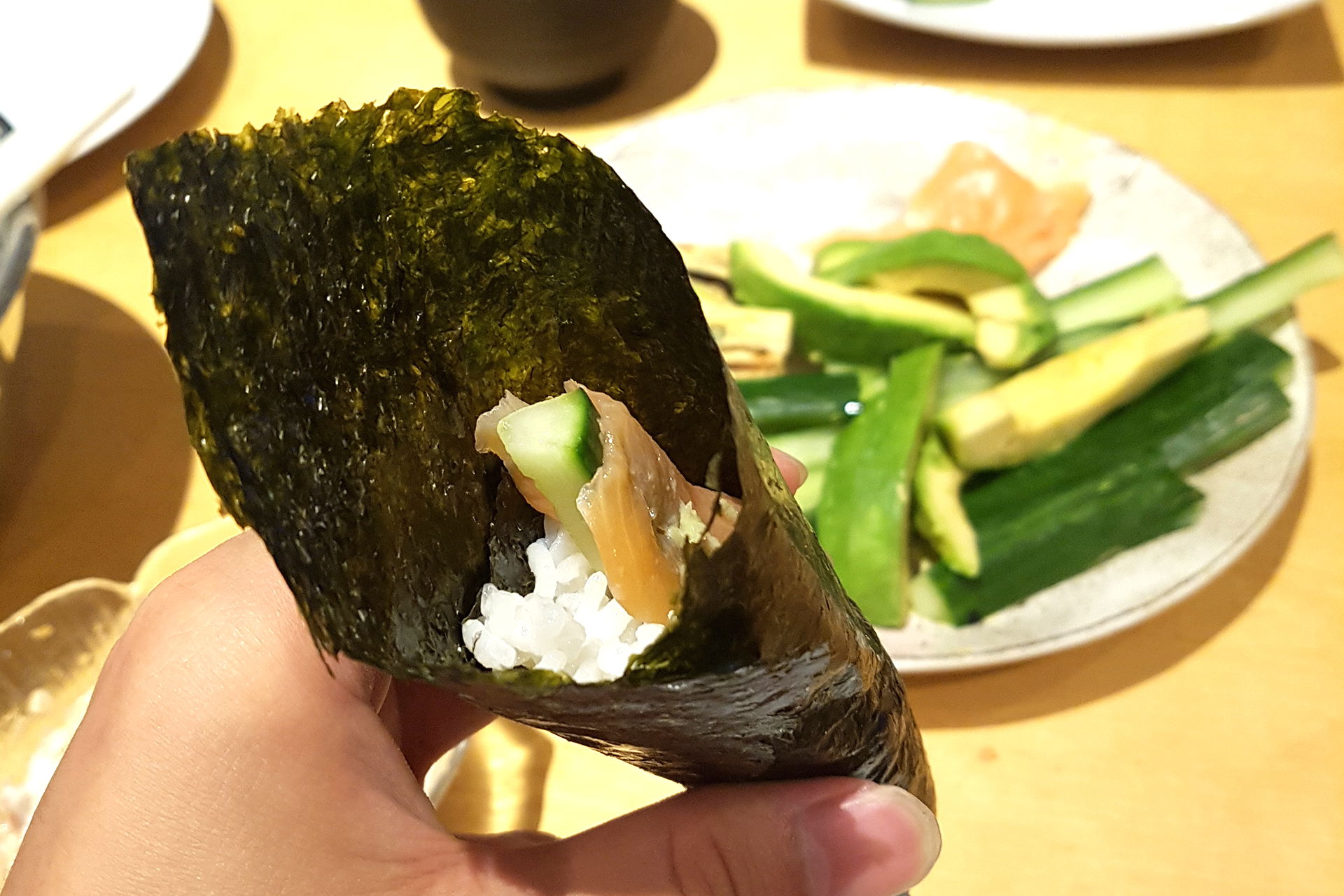
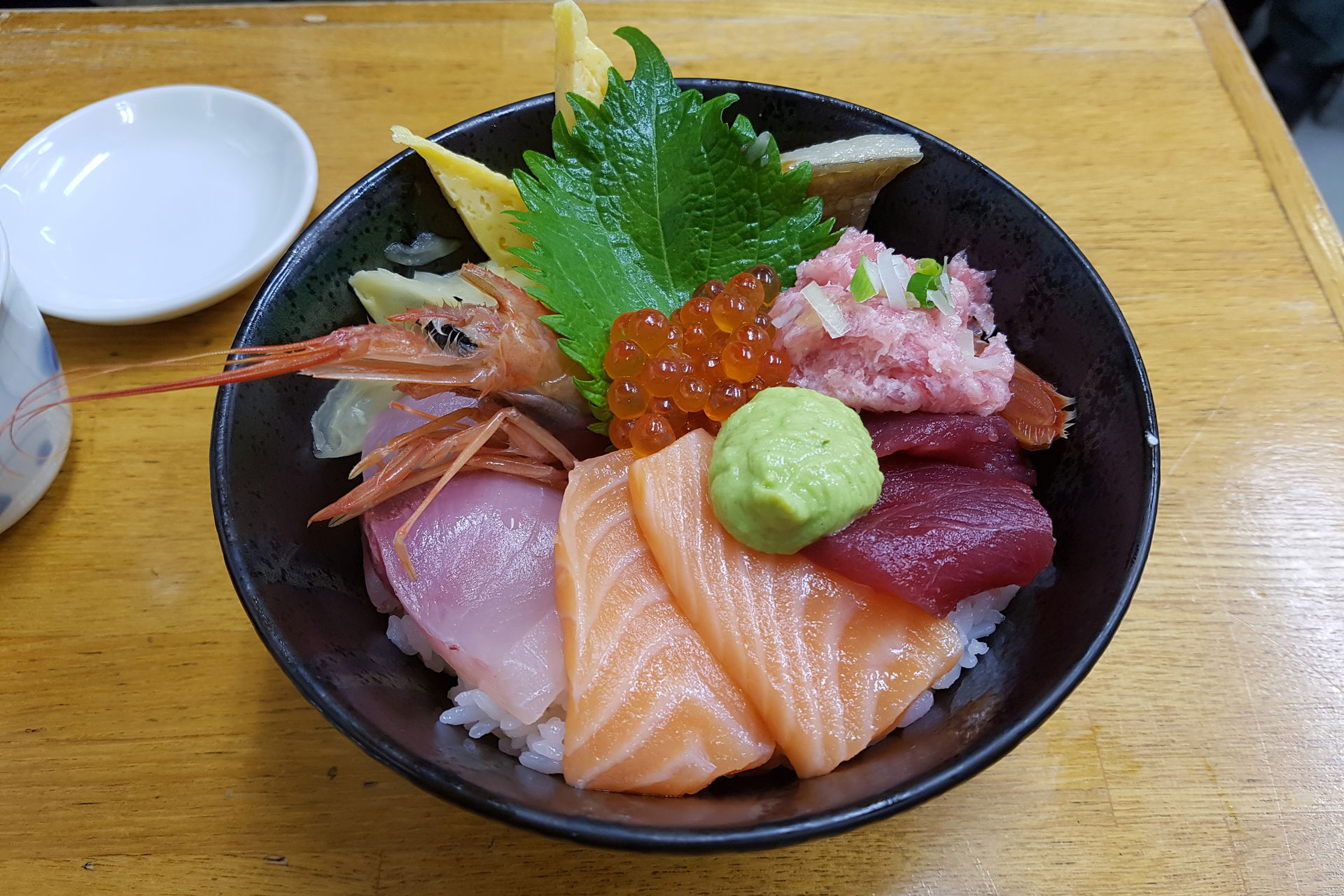





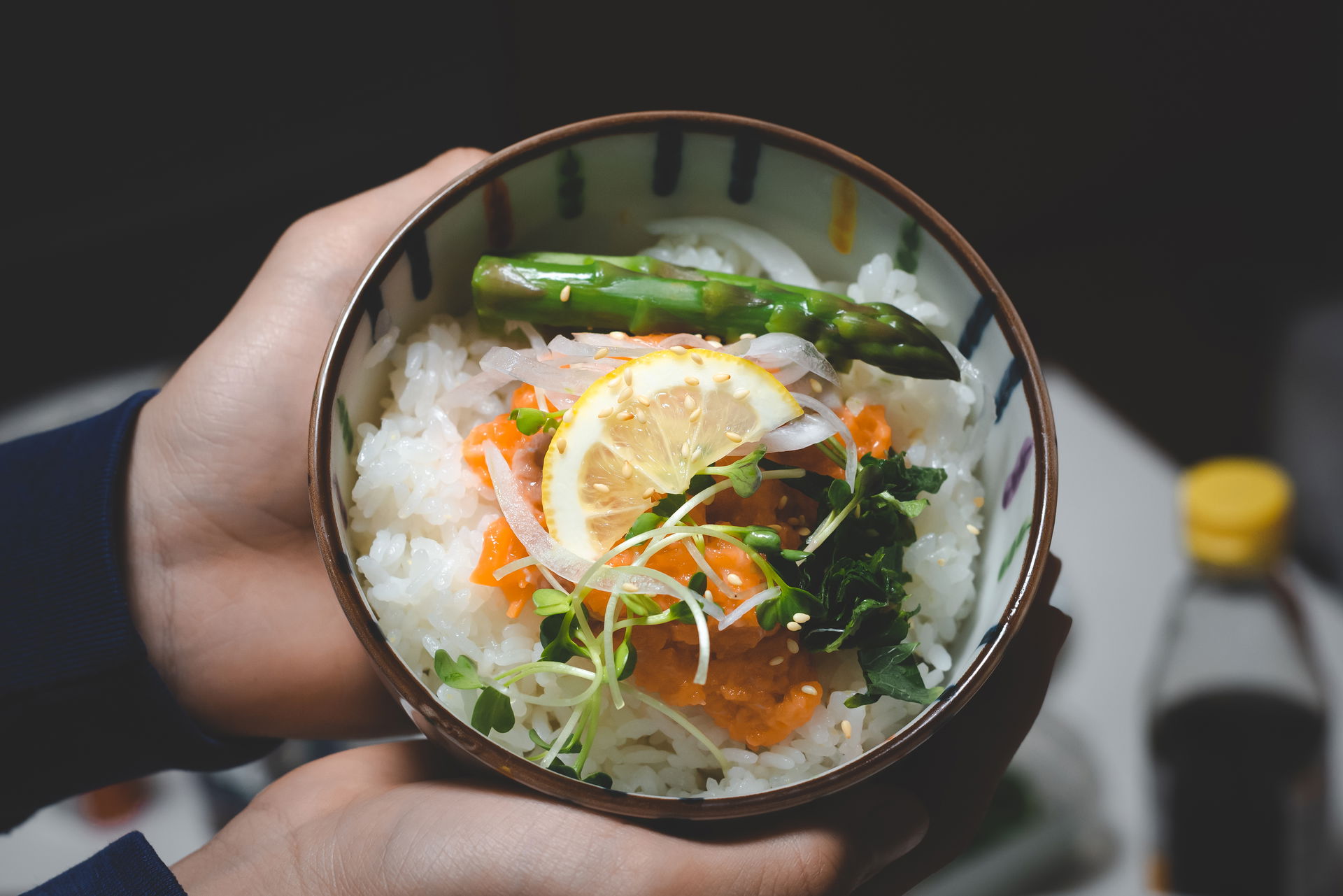

Comments
Bin etwas ratlos: Spricht man Lachs auf Japanisch tatsächlich als "Sake" aus oder als "Schake"? Sake bedeutet doch Reiswein -oder irre ich mich?
Kommendes Wochenende testen mein Mann und ich das Rezept mal - das sieht echt super lecker aus :3
Wir kochen das Gericht jetzt zum zweiten Mal, es ist echt der Hammer!